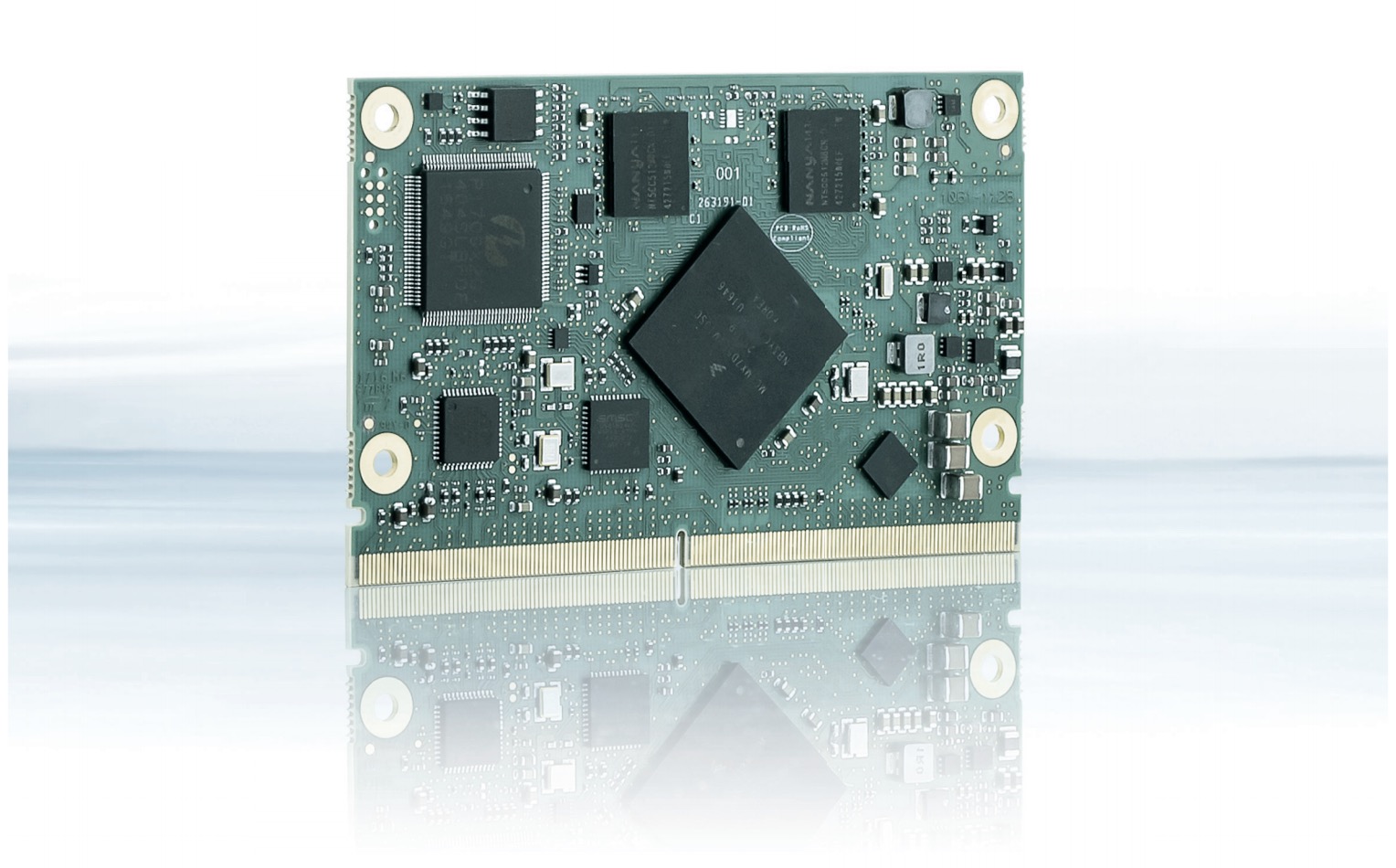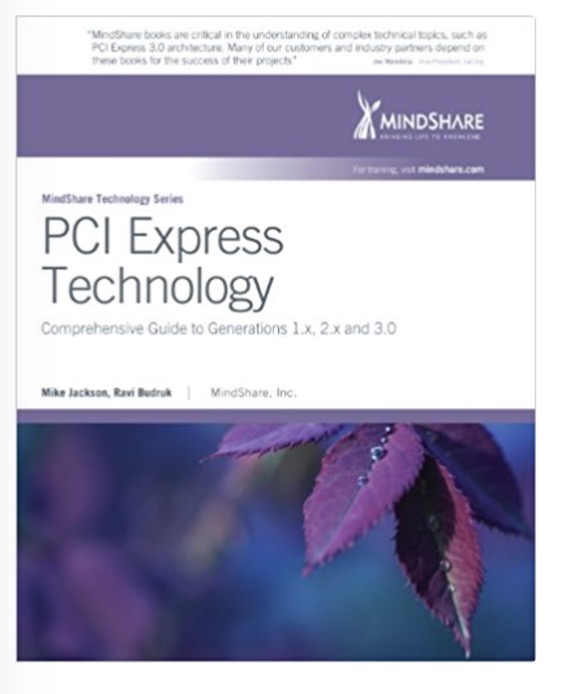Blog
Recent Posts
Compact, Fanless SMARC Module Suitable For Internet of Things (IoT) And Industry 4.0 applications
Posted by on
Kontron's energy-efficient Smarc 2.0 module is designed for smart devices in a very compact and fanless design. This approach, which balances processor and graphics performance while retaining a very low energy footprint, is especially useful in Internet of Things (IoT) and Industry 4.0 applications. The presence of two Ethernet ports directly on the board facilitates networking considerably.
The Smarc-sAMX7 features a 2x1GHz ARM Cortex A7 processor with an additional 200 MHz M4 processor in dual-core configuration, the single-core version runs at 800 MHz. It comes with up to 2GB DDR3 memory, a dual channel LVDS interface, up to two Gigabit Ethernet (GbE), three PCI-Express (PCIe) and four USB 4.0 ports. 64GB eMMC 5.0 is used as onboard storage. The Smarc-sAMX7 utilizes the Uboot bootloader and supports Yocto Linux as the operating system. It is fully operational in an extended temperature range from ‑20 to 85°C.
Features
- Based on NXP i.MX 7 Family
- Up to 2x 1 GHz Cortex® A7 + 200 MHz M4 processor
- Up to 2 GByte RAM
- Dual channel LVDS interface
- Up to 2x GByte Ethernet, 3x PCIe, 4x USB 2.0
More Information
- Download/View the Kontron SMARC-sAMX7 data sheet (PDF)...
- More information...
PCI Express 3.0 is the latest generation of the popular peripheral interface found in virtually every PC, server, and industrial computer. Its high bandwidth, low latency, and cost-to-performance ratio make it a natural choice for many peripheral devices today.
Each new generation of PCI Express adds more features, capabilities and bandwidth, which maintains its popularity as a device interconnect.
MindShare's books take the hard work out of deciphering the specs, and this one follows that tradition.
MindShare's PCI Express Technology book provides a thorough description of the interface with numerous practical examples that illustrate the concepts.
Written in a tutorial style, this book is ideal for anyone new to PCI Express.
At the same time, its thorough coverage of the details makes it an essential resource for seasoned veterans.
Essential topics covered include:
- PCI Express Origins
- Configuration Space and Access Methods
- Enumeration Process
- Packet Types and Fields
- Transaction Ordering
- Traffic Classes, Virtual Channels and Arbitration (QoS)
- Flow Control
- ACK/NAK Protocol
- Logical PHY (8b/10b, 128b/130b, Scrambling)
- Electrical PHY
- Link Training and Initialization
- Interrupt Delivery (Legacy, MSI, MSI-X)
- Error Detection and Reporting
- Power Management (for both software and hardware)
- 2.0 and 2.1 Features (such as 5.0GT/s, TLP Hints, and Multi-Casting)
- 3.0 Features (such as 8.0GT/s, and a new encoding scheme)
- Considerations for High Speed Signaling (such as Equalization)
 Loading... Please wait...
Loading... Please wait...


